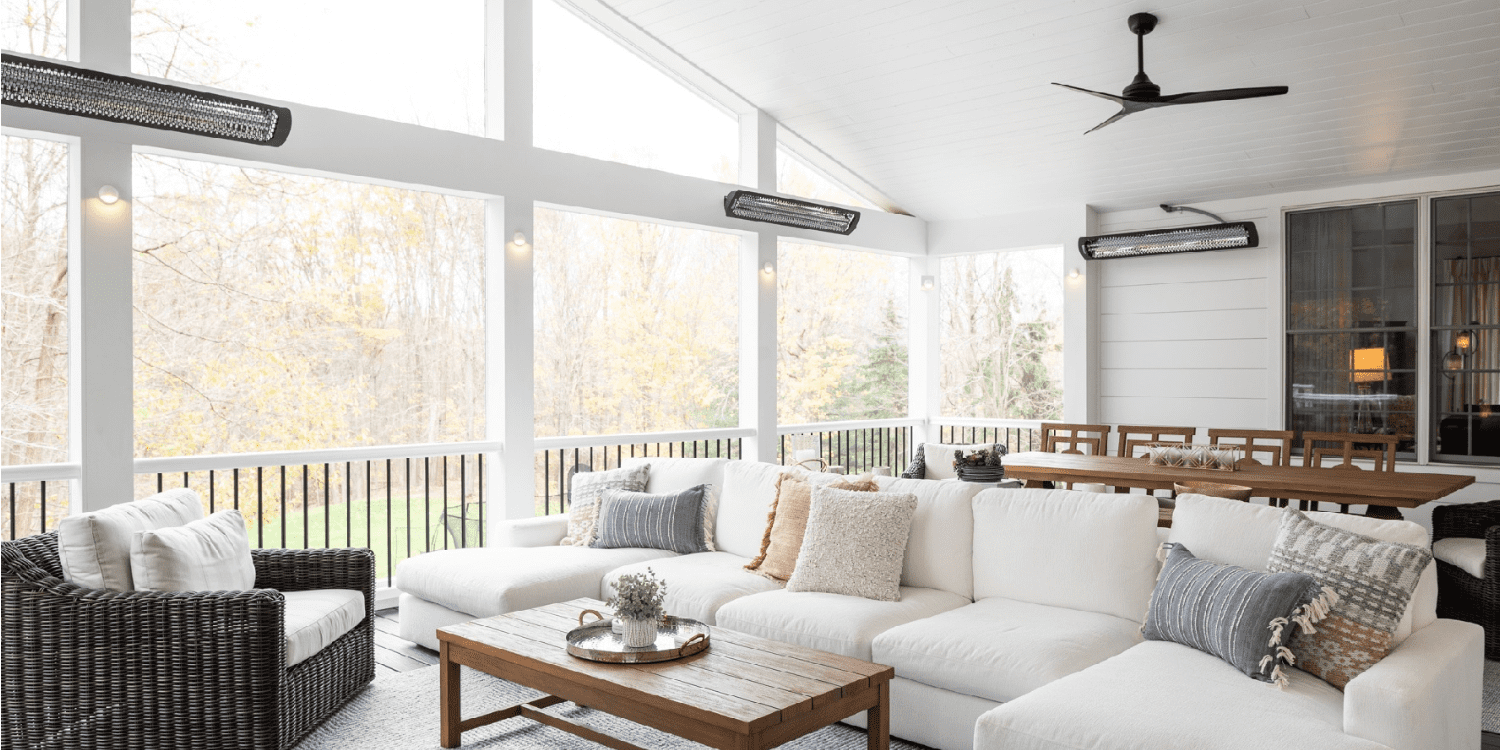How Close Can You Build to Your Property Line in Greater Cleveland
If you're planning a construction project in Greater Cleveland, one of the key considerations is understanding how close you can build to your property line.
This is governed by various local zoning laws and building codes, which can significantly impact your building plans. Whether you're thinking about a home addition, an auxiliary dwelling unit (ADU), or dreaming of an outdoor living space, it's important to be aware of the setback requirements and other regulations to ensure your project complies with local standards.
Understanding Setback Requirements
Setback requirements are regulations that dictate the minimum distance a building must be from the property line, roads, or other structures.
These rules are in place to ensure safety, privacy, and accessibility. In Greater Cleveland, the specific setback requirements can vary based on the zoning district your property is in and the type of structure you plan to build.
Zoning setback requirements can be complex, and it's important to consult with local zoning offices to understand the specific rules that apply to your property. These requirements are designed to ensure that structures are built safely and harmoniously within the community.
Determining Property Lines
Before you start building, it's essential to accurately determine your property lines. This can be done by reviewing your property deed, which includes a tax description of your plot, or by consulting a plat map available at your county clerk's office. For a more precise determination, hiring a licensed land surveyor is advisable.
When planning to build near your property line, consider the type of structure and its purpose.
The location of a pool house may naturally differ from that of a sunroom, and you should also learn how these structures might affect your neighbors and ensure that you're respecting their property rights.
In any case, you'll need to apply for a building permit before starting your construction project. This process typically involves submitting your architectural plans and ensuring they comply with local building codes, including setback requirements.
Navigating Building Regulations for Various Structures in Greater Cleveland
At Payne & Tompkins Design - Renovations, we understand the importance of adhering to local building regulations for any construction project in Greater Cleveland. From building an addition to a new custom home, it's crucial to familiarize yourself with the specific guidelines that apply to your project.
Here's a breakdown of common structures and the general rules to consider:
Homes and Additions
Building a sunroom, living room extension, or custom home involves understanding the setback requirements, which vary by location.
Typically, side setbacks range from 5 to 10 feet, while front and back setbacks are usually between 10 to 20 feet. These regulations ensure that your home is positioned safely and harmoniously within your property.
Fences
Fence regulations can differ significantly from neighborhood to neighborhood.
In some areas, you might need to place your fence a few inches away from the property line, while in others, you're permitted to build right up against it. Verify these details to respect both legal boundaries and neighborly relations.
In Ohio, the Line Fence Law governs the construction and maintenance of fences on property lines. This law requires that line fences be maintained in a good and substantial manner and that each landowner bears an equal share of the cost for repair and maintenance. Give notice to your neighbors before building a fence and to get their consent.
ADUs (aCCESSORY dWELLING unITS)
For those considering an ADU on their Ohio property, whether as a personal retreat or to generate passive income, ADUs should not be closer than 3 feet from the rear and side property lines.
Look to the Professionals
Building close to your property line in Cleveland Heights, Pepper Pike, Chagrin Falls or the surrounding areas requires careful planning and adherence to local laws and regulations.
We always suggest consulting with a knowledgeable design-build professional who can guide you through the process and help ensure your project complies with all requirements. By understanding and respecting these regulations, you can avoid potential disputes with neighbors and ensure that your construction project is successful and lawful.
At Payne & Tompkins Design - Renovations, we expertly balance gorgeous design, functionality, and legality. Contact us to schedule your consultation.

